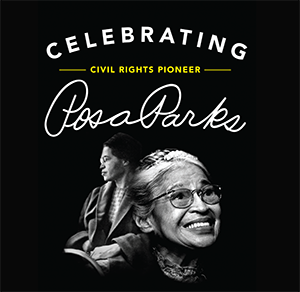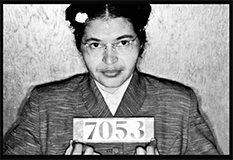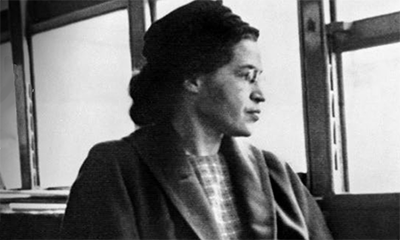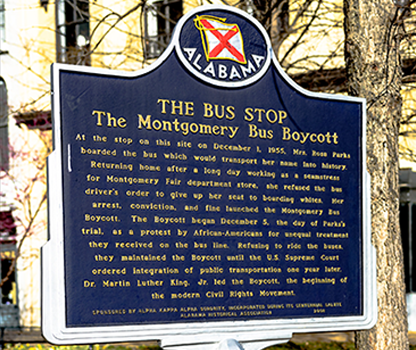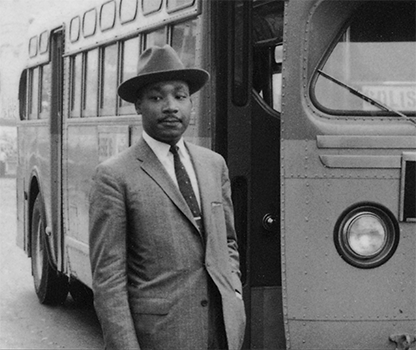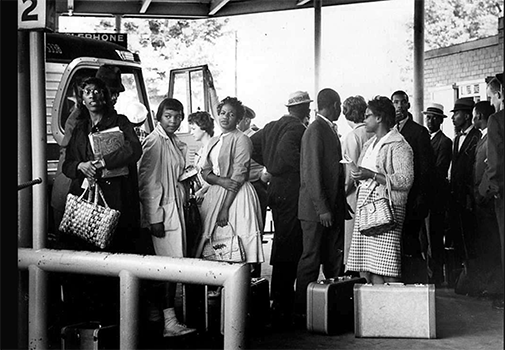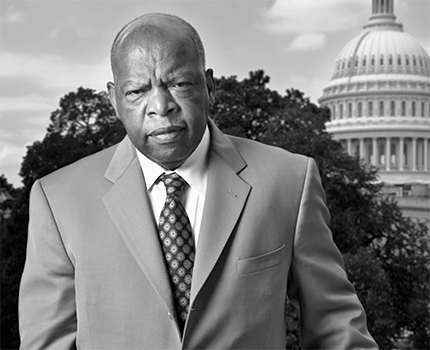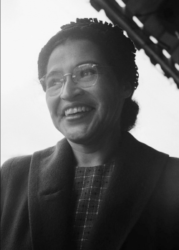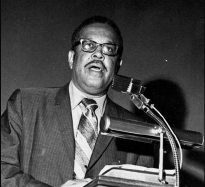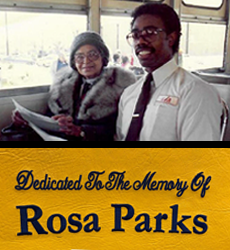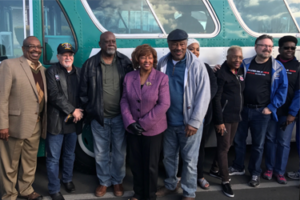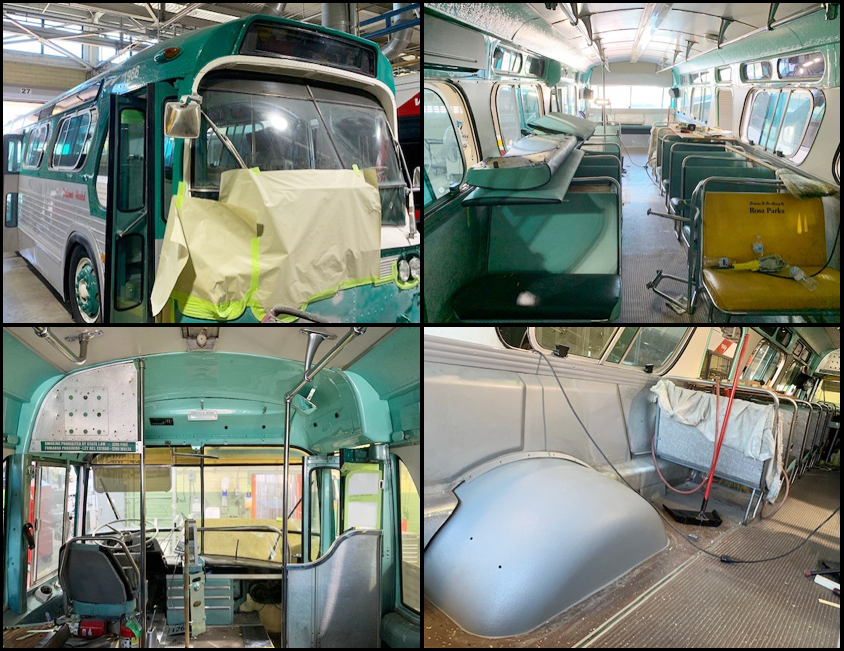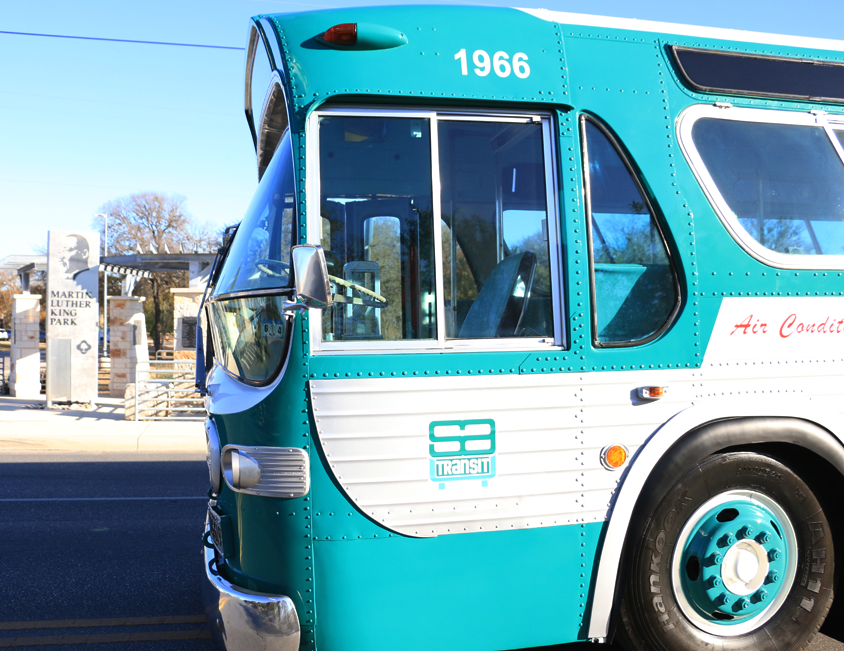Rolling Back in Time
VIA Metropolitan Transit’s vintage Dreamliner bus has been meticulously restored to look brand new after 57 years in San Antonio. The 1966 Dreamliner maintains its original interior and exterior design and features a special seat dedicated to the legacy of Rosa Parks.
It was the signature vehicle of San Antonio Transit’s fleet throughout the 1960s and ’70s, and is a staple of the city’s celebration of civil right icon, Martin Luther King, Jr.
For the first time this year, the Dreamliner was on display at Pittman-Sullivan Park, where event attendees had the opportunity to tour it, take photos, and learn more about its history and the role of transit in the Civil Right Movement.

